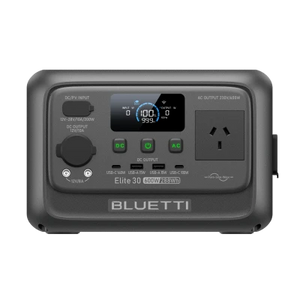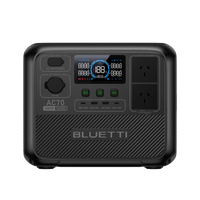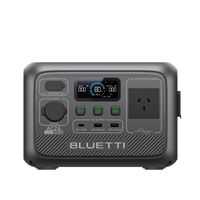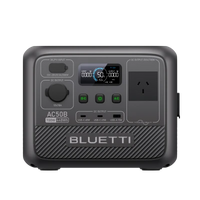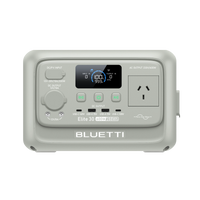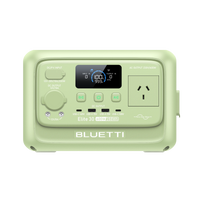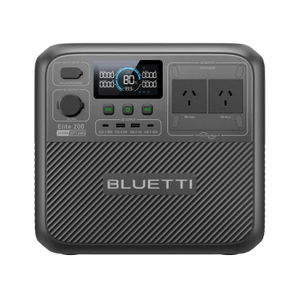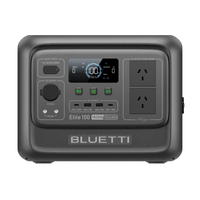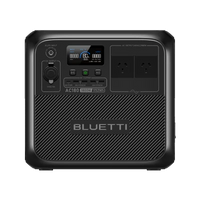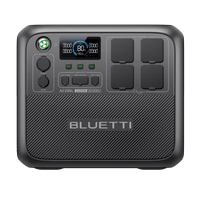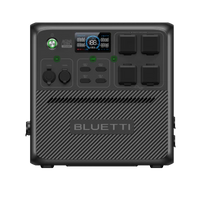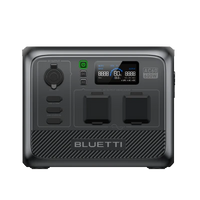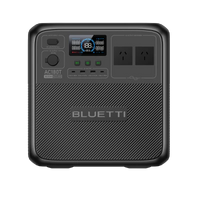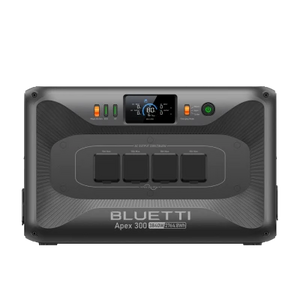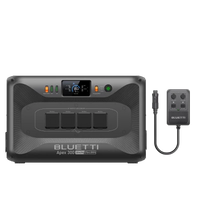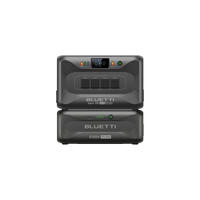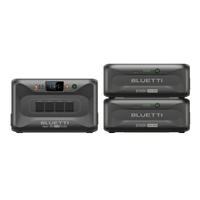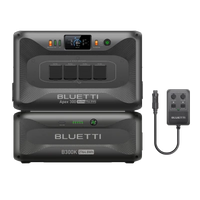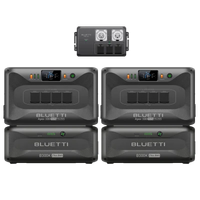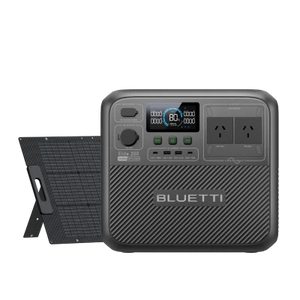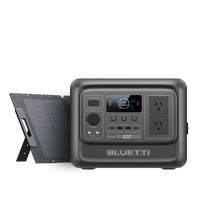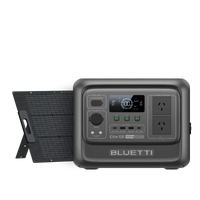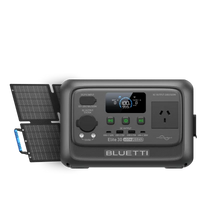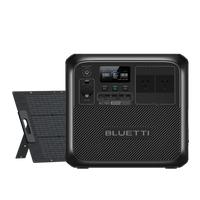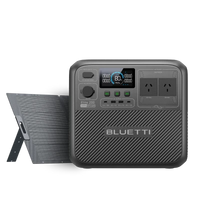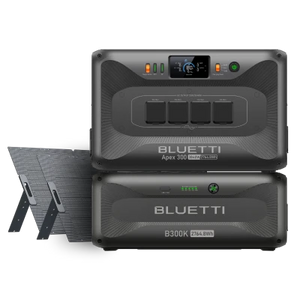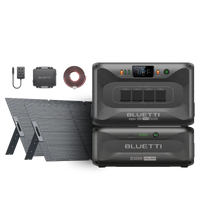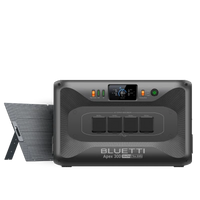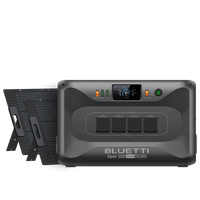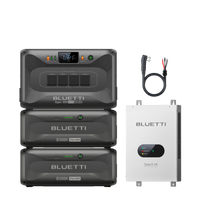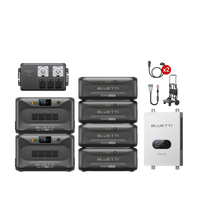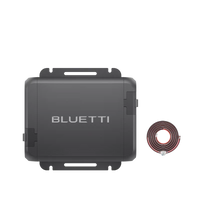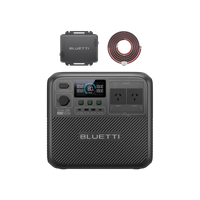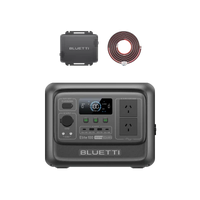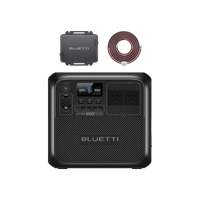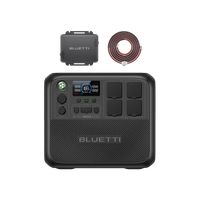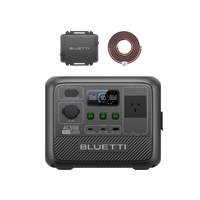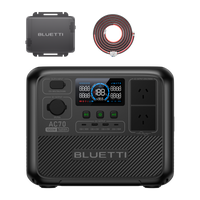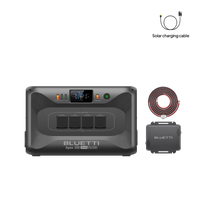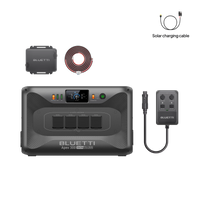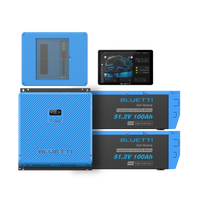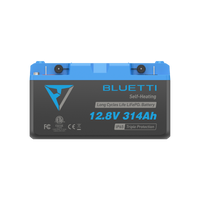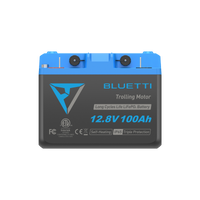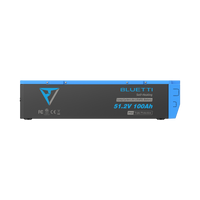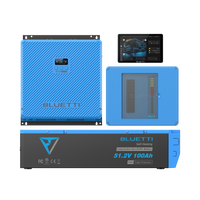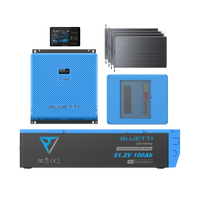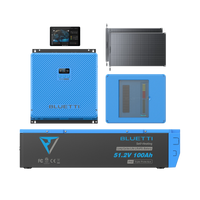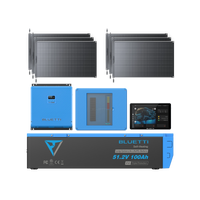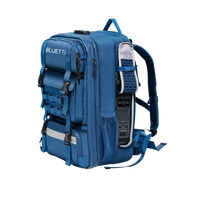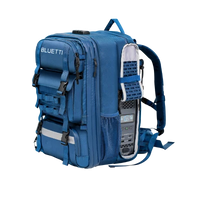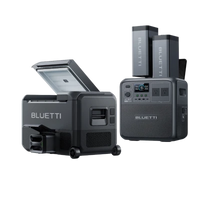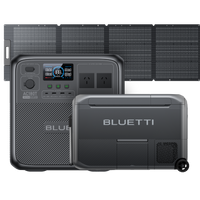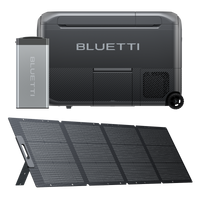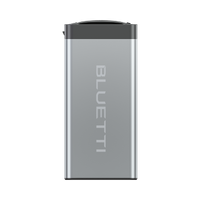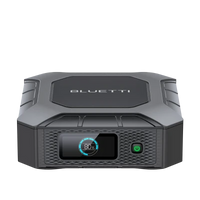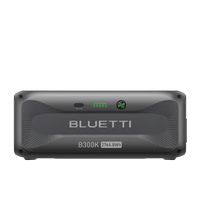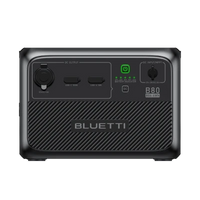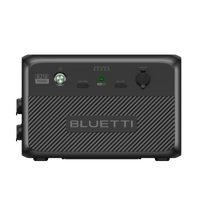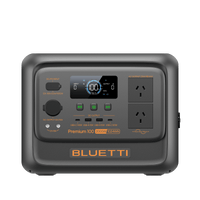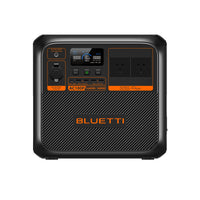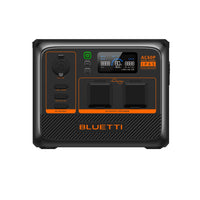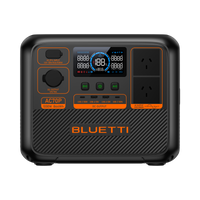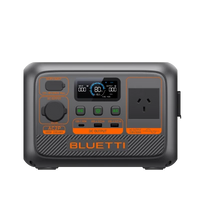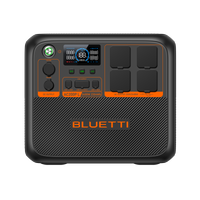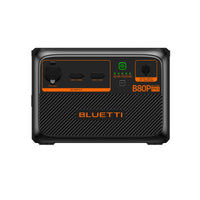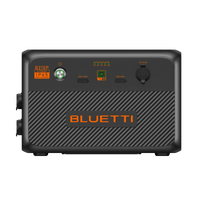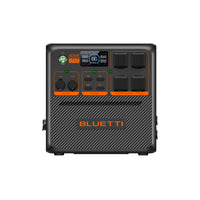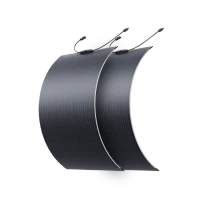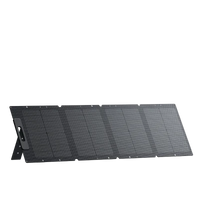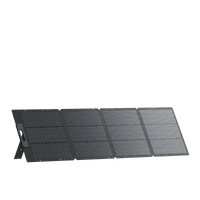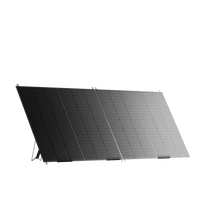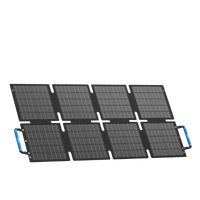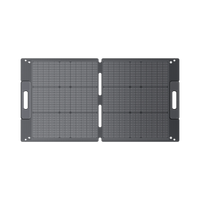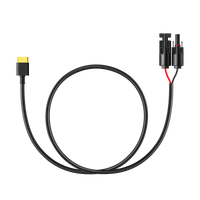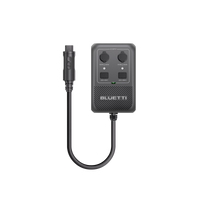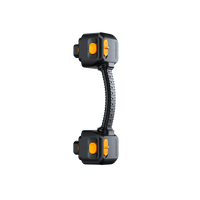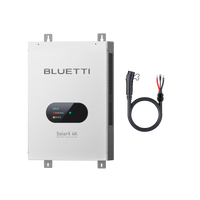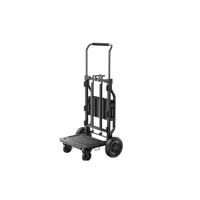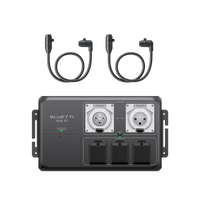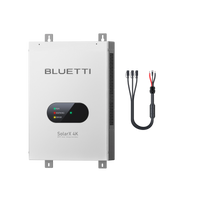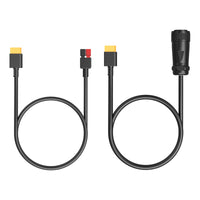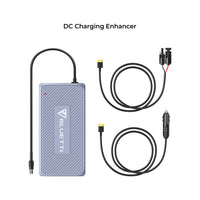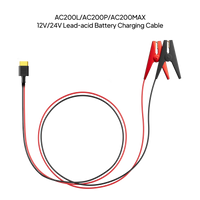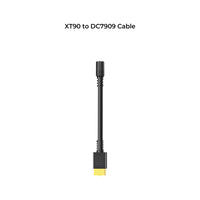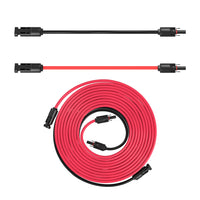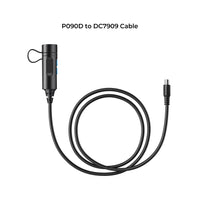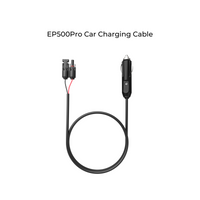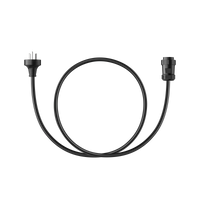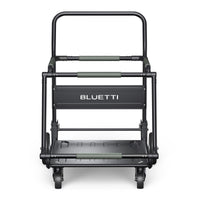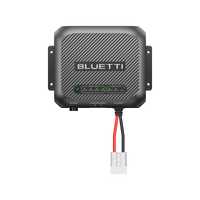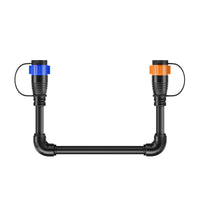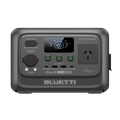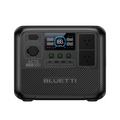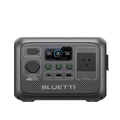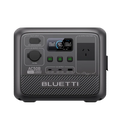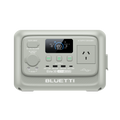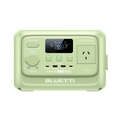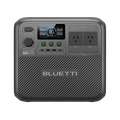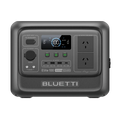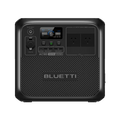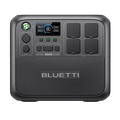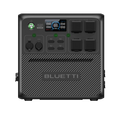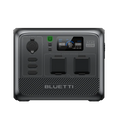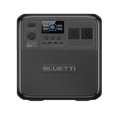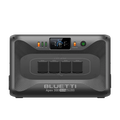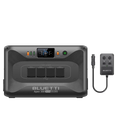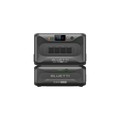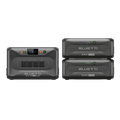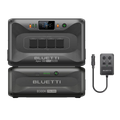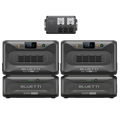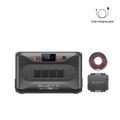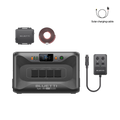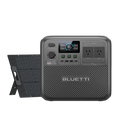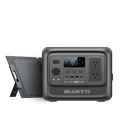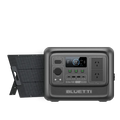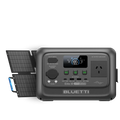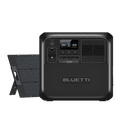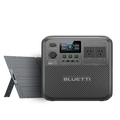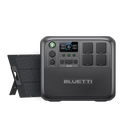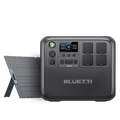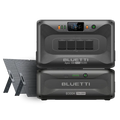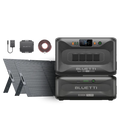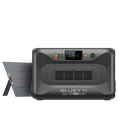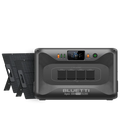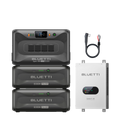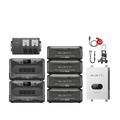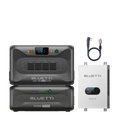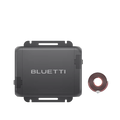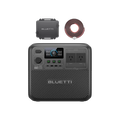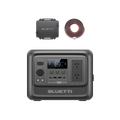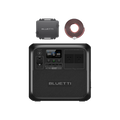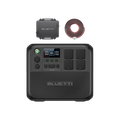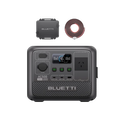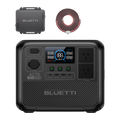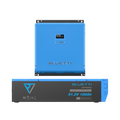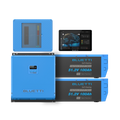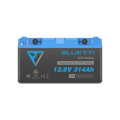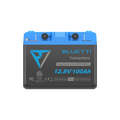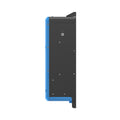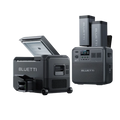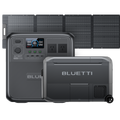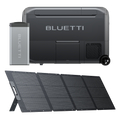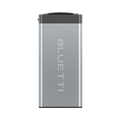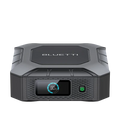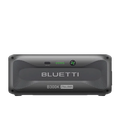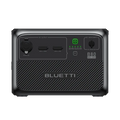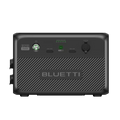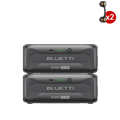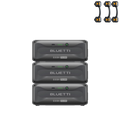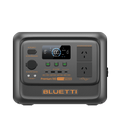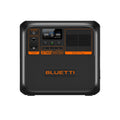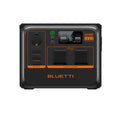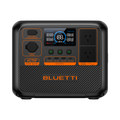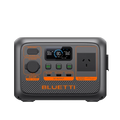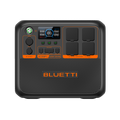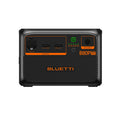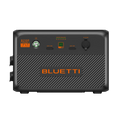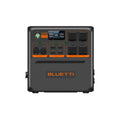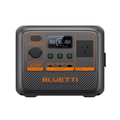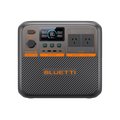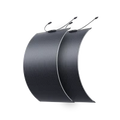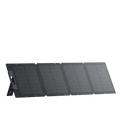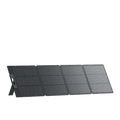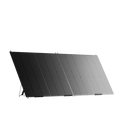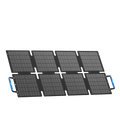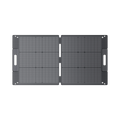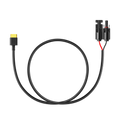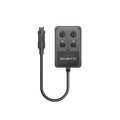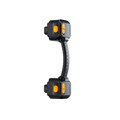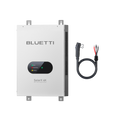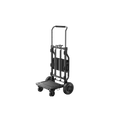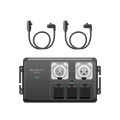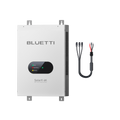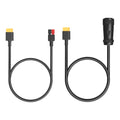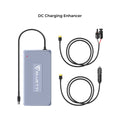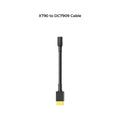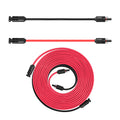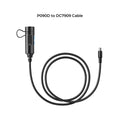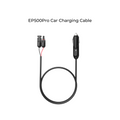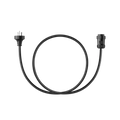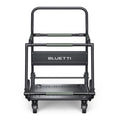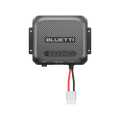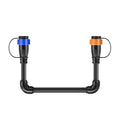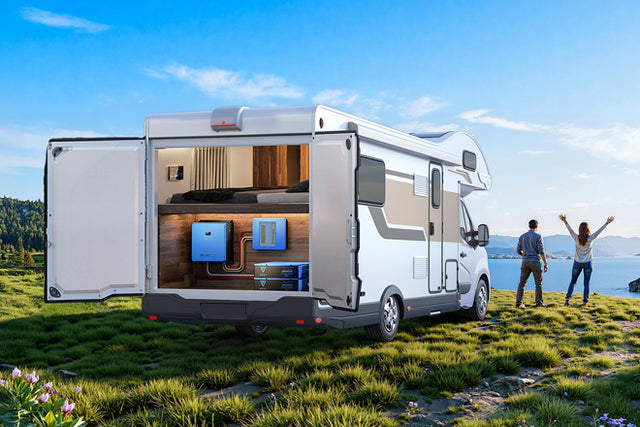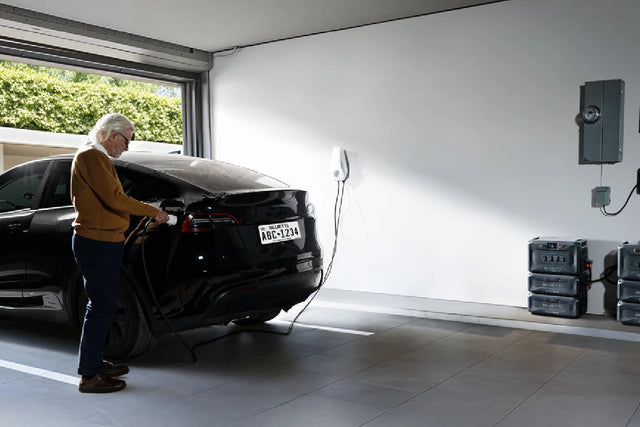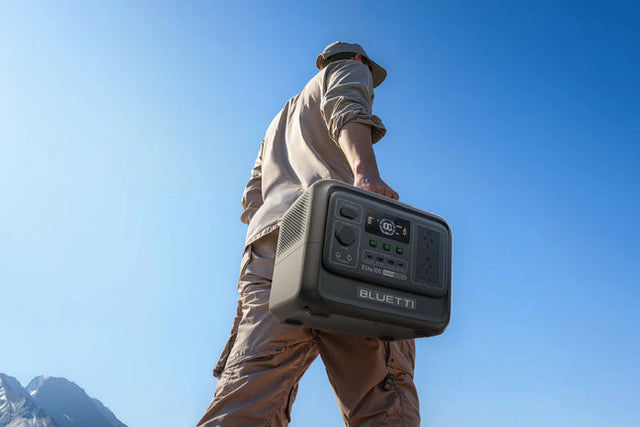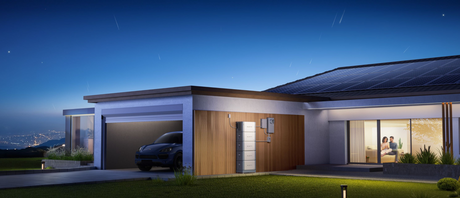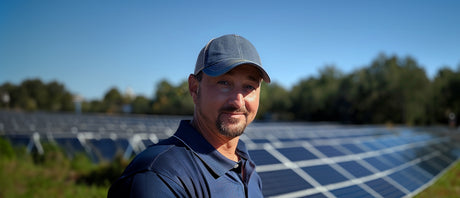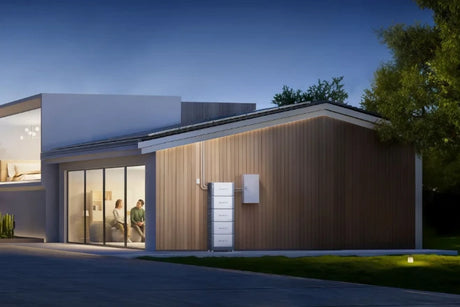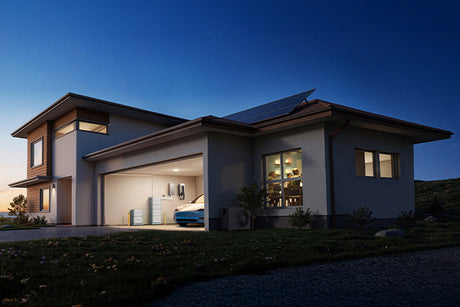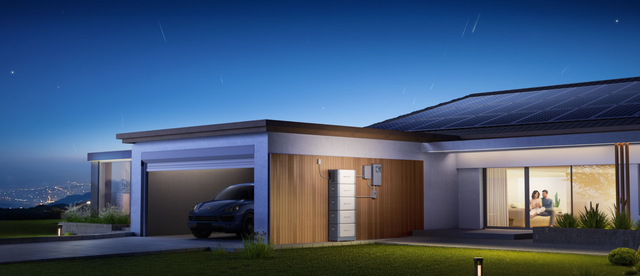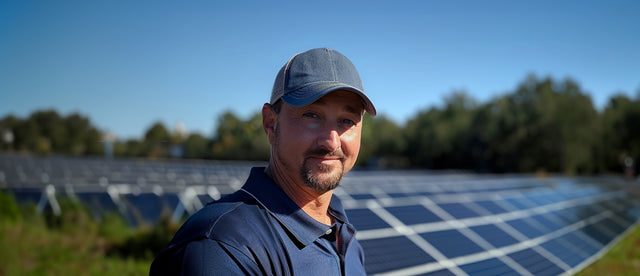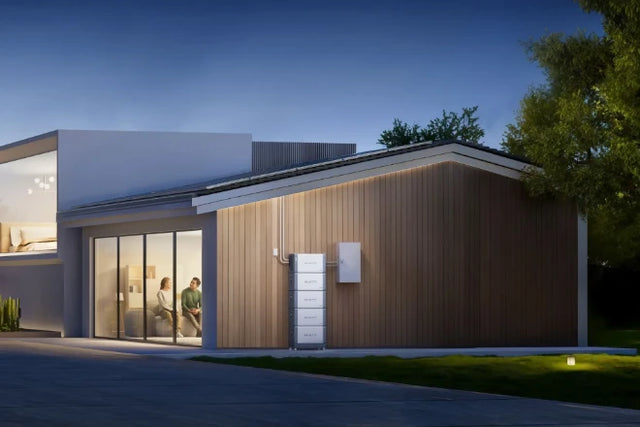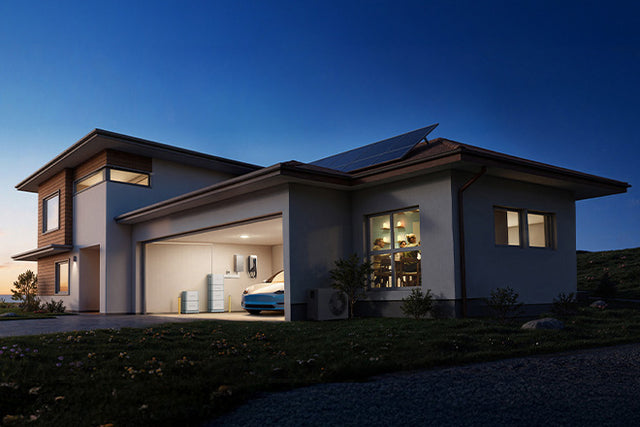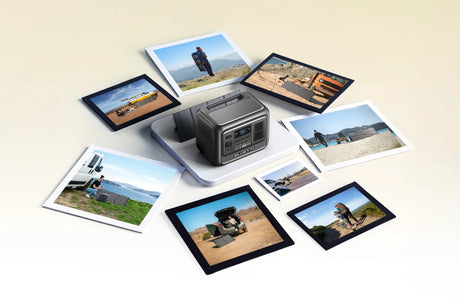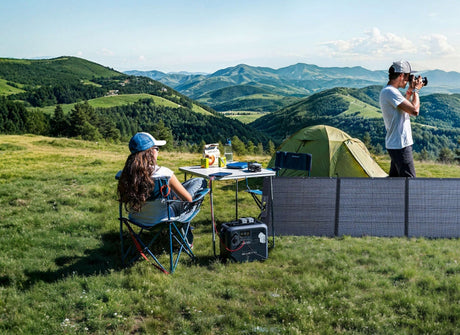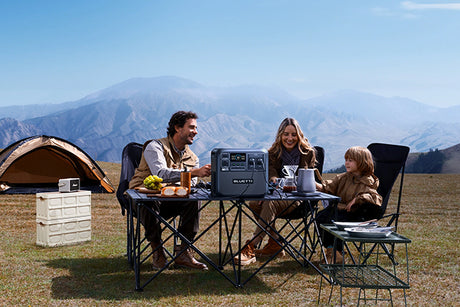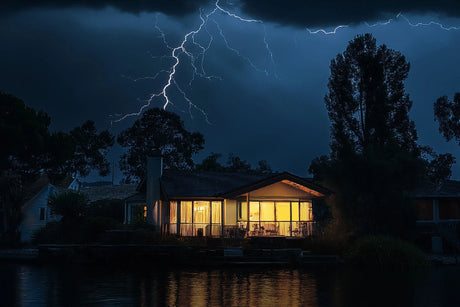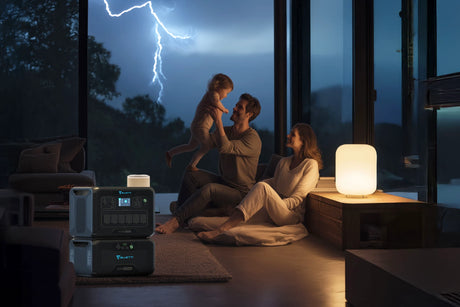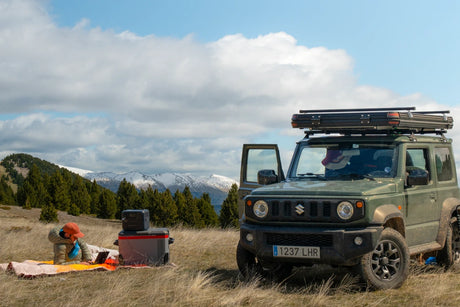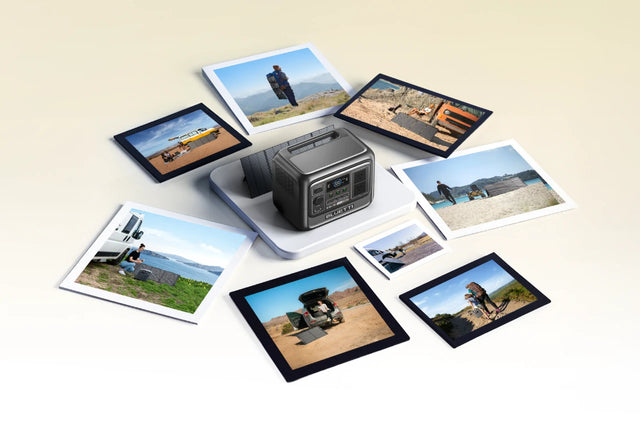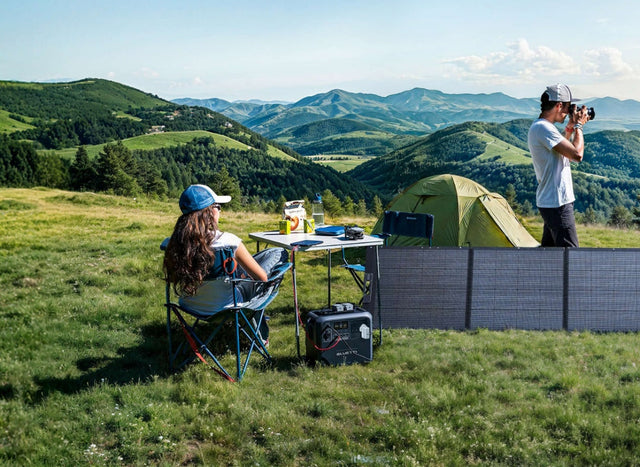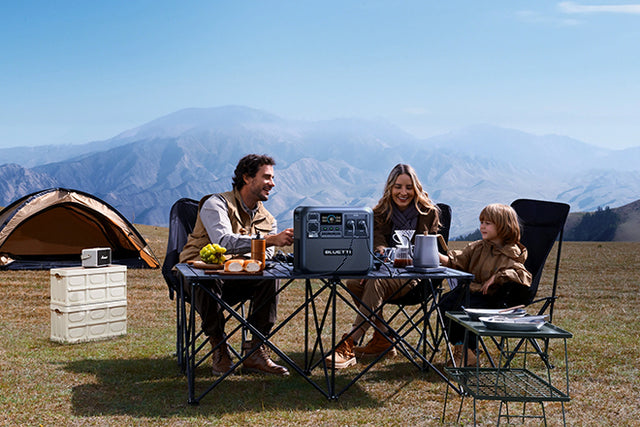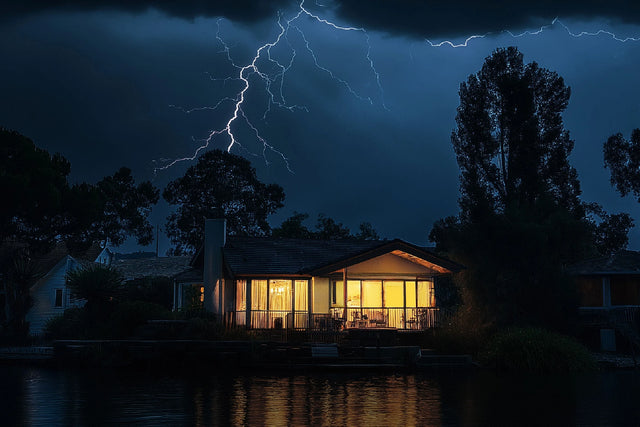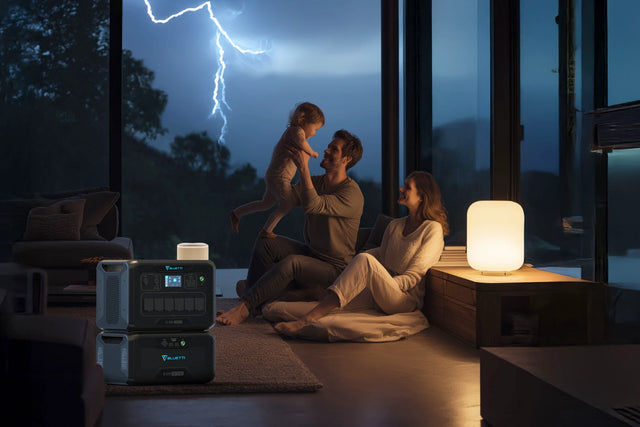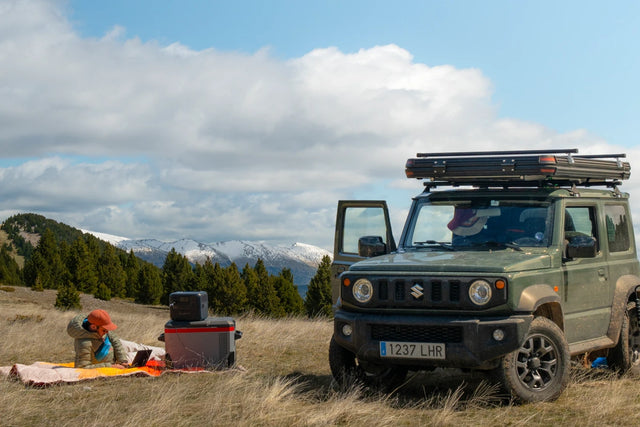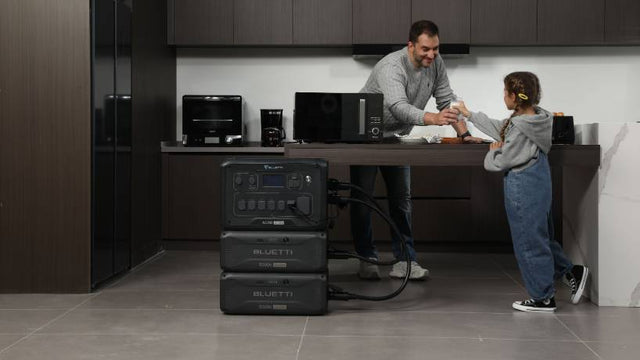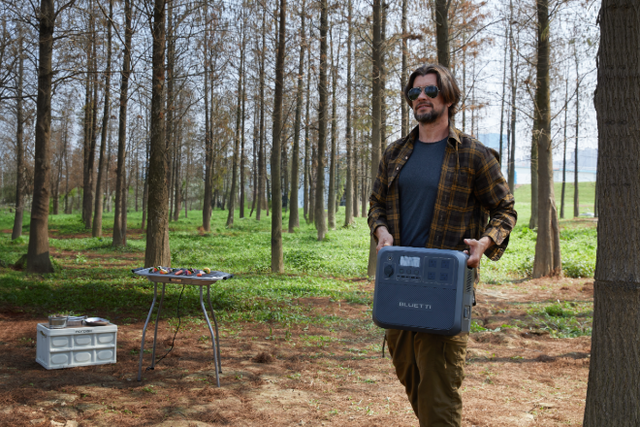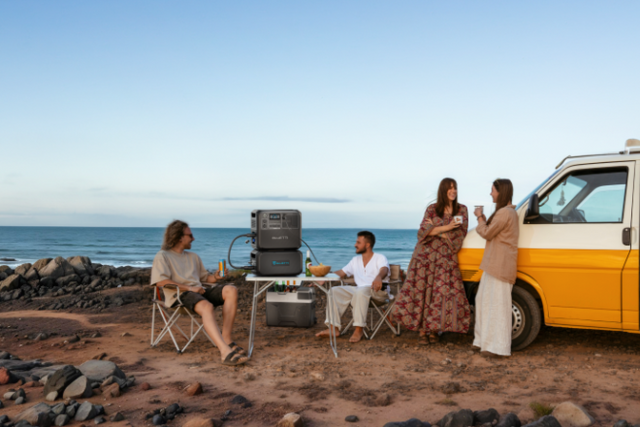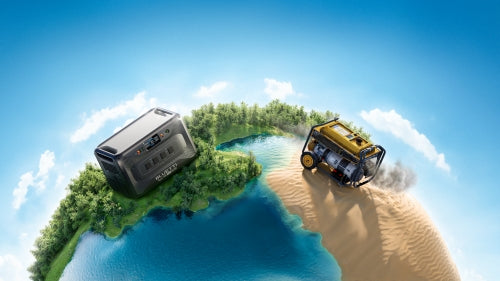As the seasons change, Australians tend to use their heaters more at home or in their offices. This typically means some changes to their energy bills. If you’ve been wondering how much power electric heaters consume, you’ve come to the right place.
Generally, electric heaters tend to use up more electricity than a lot of appliances. However, we can help you manage how much money you spend running your water heater. This article will show you how to choose the right heater depending on your budget and how to use it efficiently.
All You Need to Know About Electric Heaters' Power Consumption
Power Rating & Electric Heater Wattage — What Does it All Mean in Cost & Usage?
Power ratings and wattage are terms like watts (W) and kilowatts (kW). You will come across them when shopping for electric heaters. Kilowatts tell you how much electricity the heater consumes. For example, a 1.5kW heater uses 1.5 units of electricity per hour when running at full capacity.
So, how much does it cost to run an electric heater per hour? Here’s a simple formula for calculating the cost of running an electric heater: Power Rating × Hours Used × Electricity Rate.
What is kWh, and how do Electricity Tariffs Work in Australia?
A kWh (kilowatt-hour) is the total electricity an appliance consumes after running for an hour. kWh helps energy providers calculate your electricity bill. So how many kWh an electric heater uses depends on its wattage. In Australia, there are two systems that electricity providers use to measure and bill for your electricity consumption:
Standard Tariffs: A single-rate tariff is a flat rate per kWh for your electricity consumption throughout the day.
Time-of-Use Tariffs: Meanwhile, time-of-use tariffs charge varying rates depending on the time of day. Electricity providers split the day into different periods, such as peak, off-peak, and shoulder hours.
What are The Types of Heaters?

Resistive Heaters: Resistive heaters are basically those heaters that can convert electricity directly to heat. Examples of these heaters are fan heaters, panel heaters, and baseboard heaters.
Radiant Heaters: Radiant heaters provide direct heat. They provide focused warmth. Some examples of radiant heaters include bar heaters and halogen heaters.
Convection Heaters: These heaters circulate warm air throughout a space. They tend to retain heat better, but they also require complex installations, and they consume a lot of energy. Examples include oil-filled heaters and convection panel heaters.
Reverse Cycle Heat Pumps: These are simply air conditioners that pull in heat into a room from the air outside. This is one of the most efficient electric heating options.
How Much Power Does an Electric Heater Typically Use?
Examples by Heater Size and Type
|
Heater Type |
Typical Wattage |
Small Room (4hrs) |
Medium Room (6hrs) |
Large Room (8hrs) |
|
Small space heater |
1,000W |
4 kWh |
6 kWh |
8 kWh |
|
Wall panel heater |
1,500W |
6 kWh |
9 kWh |
12 kWh |
|
Room convection heater |
2,400W |
9.6 kWh |
14.4 kWh |
19.2 kWh |
|
Large ducted electric |
5,000-15,000W |
20-60 kWh |
30-90 kWh |
40-120 kWh |
Usage Duration Impact
So, let’s say you’re working with a 1500W heater. Here’s what your consumption would look like with different usage patterns:
- 1 hour per day: 1.5 kWh daily = 45 kWh monthly
- 4 hours per day: 6 kWh daily = 180 kWh monthly
- 8 hours per day: 12 kWh daily = 360 kWh monthly
State-by-State Cost Examples
Here's what running a 1.5kW heater for 4 hours daily costs across Australian states:
|
State |
Avg Rate (¢/kWh) |
Daily Cost |
Monthly Cost |
Annual Cost |
|
NSW |
32¢ |
$1.92 |
$57.60 |
$691.20 |
|
VIC |
28¢ |
$1.68 |
$50.40 |
$604.80 |
|
QLD |
26¢ |
$1.56 |
$46.80 |
$561.60 |
|
SA |
38¢ |
$2.28 |
$68.40 |
$820.80 |
|
WA |
29¢ |
$1.74 |
$52.20 |
$626.40 |
|
TAS |
25¢ |
$1.50 |
$45.00 |
$540.00 |
|
ACT |
24¢ |
$1.44 |
$43.20 |
$518.40 |
|
NT |
27¢ |
$1.62 |
$48.60 |
$583.20 |
Note: These are just estimates to give you an idea of actual residential rates.
What Affects Cost and Consumption When Using Electric Heaters
Environmental Factors Affecting Consumption
Room Size: One of the most important things to consider is the size of the room. The only way your electric heater is going to be most efficient is if it’s suitable for the intended space.
Insulation Quality: Poor insulation is another way your electricity bill could rise significantly. As long as there are gaps around your doors and windows, or your space is uninsulated, your electric heater won’t perform as expected.
Ceiling Height and Draftiness: The higher the ceilings are in a room, the longer it would take for the room to get heated properly. This means that there would be a significant level of heating energy loss because the heater may be running at maximum, but not providing the results expected.
Operational Factors
Thermostat Control and Power-Saving Settings: Your thermostat settings could also affect your energy consumption. The higher you rank up the heat, the more power your electric heater is going to need. This means that lowering temperatures could help you save some dollars.
Variable Heat Settings: It is also helpful to have a modern heater with variable settings. Some modern brands give you the ability to switch between power levels manually or automatically. Having the ability to tweak your power levels when necessary can reduce your consumption significantly without losing comfort.
Heater Efficiency Differences
Heat Pump vs Resistive Heating: Resistive heating is a super-efficient way to convert electricity to heat. However, heat pumps tend to be a lot more efficient because they move existing heat around instead of creating it.
Radiant vs Convection: Radiant heaters are excellent for providing immediate warmth, but they don’t warm the air. However, convection heaters warm the air to provide consistent warmth around a room. The disadvantage is that they take longer periods to create significant warmth.
What Is The Best Heating Method?
Reverse-Cycle Air Conditioners vs Electric Resistive Heaters
Reverse-cycle air conditioners are efficient options in Australia. Unlike electric resistive heaters, air conditioners can reduce your energy consumption significantly, up to 50%.
Furthermore, reverse-cycle air conditioners have zero emissions and require low maintenance. They are the best option in terms of efficiency and durability.
Gas Heating Comparison
Natural gas heating is typically cheaper than electric options. However, it is more expensive in terms of installation and servicing requirements. Also, you’ll need to consider ventilation. Proper ventilation creates a safe environment to operate a gas heating system and reduces or eliminates the possibility of accidents.
Hybrid Solar + Battery Options
Solar power is one of the most efficient and reliable natural power sources. However, using solar power alone has its loopholes. For example, energy demand and consumption often increase after sunset.
Thankfully, it is possible to store excess solar energy in batteries. What’s more is that you could even store electricity from the main grid or other generators in such batteries. This is an excellent way to reduce your energy costs by up to 70%.
There are several modern portable power station solutions out there today, but two of the best to consider are BLUETTI’s Apex 300 (2,764.8Wh capacity, 3,840W output) and Elite 100 V2 (1,024Wh capacity, 1,800W output). These two offer efficient, reliable, and flexible energy storage options for customers.

You can charge either of the stations during off-peak periods and use the saved power during peak hours. Additionally, both Apex 300 and Elite 100 V2 support solar charging, so you get to enjoy free solar energy to power your heaters during long, cold evenings. The Elite 100 V2 automatically switches over the very instant there’s a power outage. This ensures that there’s no gap for your heating during power outages or blackouts. The BLUETTI Apex 300 can keep a 1kW heater running for over 2 hours, while the Elite 100 V2 can run a 1kW heater for about 45 minutes.
Running Costs & Lifecycle Considerations
Upfront Costs and Installation
|
Heater Type |
Purchase Cost |
Installation |
Expected Lifespan |
|
Portable fan heater |
$50-$200 |
None |
3-5 years |
|
Panel heater |
$100-$500 |
$50-$200 |
8-12 years |
|
Ducted electric |
$3,000-$8,000 |
$1,000-$3,000 |
15-20 years |
|
Heat pump split system |
$800-$3,000 |
$300-$800 |
10-15 years |
Efficiency Degradation Over Time
As time passes, it is quite normal for heating elements to begin to degrade. The elements could also accumulate dust, which would reduce heat transfer. Additionally, heat pumps may require professional servicing every 2 years to change essential parts.
Hidden Costs
Modern top-quality heaters cost significantly more than other options. However, in the long run, it saves you money and reduces the risk of replacement. They aren’t the type that you could simply plug in and use. They typically require some electrical infrastructure and upgrades.
Furthermore, most electric heaters are connected to the national power grid. This means that blackouts and power outages affect your home or business. Thankfully, there are reliable portable power stations like the BLUETTI Apex 300 or Elite 100 V2 that can provide backup power for your heaters during outages.
How to Save Electricity When Using Heaters
Tips for Choosing the Right Heater
Pick The Right Size: It is very important that you choose a heater with a capacity that matches your room size. A general rule is 100-150W per square meter for well-insulated rooms, 150-200W for poorly insulated spaces.
Heat Distribution: Another effective way to minimise your electricity consumption when using heaters is to ensure that you use the right heater for effective heat distribution. For example, Radiant heaters for spot heating where you sit, convection heaters for overall room warming, and air conditioners for frequently used living areas.
Look for Efficiency Features: These days, modern heaters are smart and are equipped with various features that boost efficiency, such as programmable thermostats, timer functions, multiple heat settings, and energy efficiency ratings.
Behavioural Tips for Reducing Consumption
Zone Heating Strategy: Heat only occupied rooms. Close doors to unused areas and use draft stoppers to prevent heat loss.
Optimal Scheduling:
- Use timers to warm rooms before you arrive.
- Reduce temperature by 2-3°C when sleeping.
- Turn off the heating 30 minutes before leaving.
Supplemental Heating Techniques:
- Layer clothing and use blankets when stationary.
- Warm your body directly with heated wheat bags or electric blankets.
- Close curtains early to retain heat.
Smart Usage Patterns:
- Take advantage of off-peak electricity rates where available.
- Use heaters during sunny days when solar generation is high.
- Coordinate heating with other high-power appliances to avoid demand charges.
- Battery Storage Arbitrage: Use portable power stations like the BLUETTI Apex 300 to store cheap off-peak electricity (charging at 15-25¢/kWh) and discharge during expensive peak periods (35-50¢/kWh), potentially saving 40-60% on heating costs.
- Load Shifting: The Elite 100 V2's fast TurboBoost charging (0-80% in 45 minutes) allows rapid storage of cheap electricity for use during peak rate periods.
Home Improvements for Heat Retention
Insulation Priorities:
- Ceiling insulation: Up to R6.0 in cold climates.
- Wall insulation: Particularly important in newer homes or renovations.
- Floor insulation: Significant in raised homes.
Window Treatments:
- Heavy curtains or blinds can reduce heat loss by 25-30%.
- Double glazing reduces heat loss by up to 50% but requires significant investment.
- Temporary plastic film can provide budget double-glazing effects.
Sealing Air Leaks:
- Weather stripping around doors and windows.
- Draft stoppers for doors.
- Sealing gaps around pipes, vents, and electrical outlets.
Carbon & Environmental Impact
Emissions per kWh in Australia
Australia's electricity grid varies significantly by state in terms of carbon intensity:
|
State |
Grid Emissions (kg CO₂-e/kWh) |
1.5kW Heater (4hrs daily) Monthly Emissions |
|
NSW |
0.81 |
145.8 kg CO₂-e |
|
VIC |
0.94 |
169.2 kg CO₂-e |
|
QLD |
0.79 |
142.2 kg CO₂-e |
|
SA |
0.42 |
75.6 kg CO₂-e |
|
WA |
0.70 |
126.0 kg CO₂-e |
|
TAS |
0.17 |
30.6 kg CO₂-e |
For Context: The monthly emissions from electric heating in coal-heavy grids (NSW, VIC, QLD) are equivalent to driving 500-700km in an average car.
Impact of Cleaner Grid and Renewable Energy
Australia's electricity grid is rapidly decarbonizing:
- 2023: 35% renewable electricity.
- 2030 target: 82% renewable electricity.
- Future impact: Electric heating emissions will decrease significantly without changing your heater.
Renewable Energy Options:
- Installing solar panels can offset heating emissions.
- Choosing renewable energy retailers reduces your carbon footprint.
- Battery storage allows using clean energy for heating after sunset.
Real-Life Case Studies & Scenarios
Scenario A: Small Apartment - Evening Heating
Situation: 50m² apartment, 1.5kW panel heater, 4 hours/evening (6-10 pm), Melbourne winter
Energy Consumption:
- Daily: 6 kWh.
- Monthly: 180 kWh.
- Winter season (4 months): 720 kWh.
Costs (Victorian rates):
- Daily: $1.68.
- Monthly: $50.40.
- Winter season: $201.60.
Optimization Options:
- Upgrade to 2.5kW heat pump: Reduce costs to $40 per winter season.
- Improve insulation: Reduce consumption by 30-40%.
- Use a timer to preheat before arrival: Potential 10-15% savings.
Scenario B: Cold Climate Room Heating (Tasmania/Alpine)
Situation: Bedroom in Hobart, 2kW convection heater, 6 hours/night, throughout winter
Energy Consumption:
- Daily: 12 kWh.
- Monthly: 360 kWh.
- Winter season (5 months): 1,800 kWh.
Costs (Tasmanian rates):
- Daily: $3.00.
- Monthly: $90.00.
- Winter season: $450.00.
Climate Considerations:
- Heat pumps are less efficient below 5°C.
- Higher heating demand due to sustained cold.
- Insulation improvements provide greater savings.
Optimization Strategies:
- Electric blanket alternative: 50W vs 2,000W (96% reduction).
- Timer control: Heat room 1 hour before bed, off after 2 hours of sleep.
- Zoned heating: Heat only the bedroom, close off the rest of the house.
Scenario C: Heat Pump vs Resistive Heater Comparison
Setting: Living area, 6 hours daily use, Sydney winter
|
Factor |
3kW Resistive Heater |
3kW Heat Pump (COP 3.5) |
|
Daily consumption |
18 kWh |
5.1 kWh |
|
Daily cost (32¢/kWh) |
$5.76 |
$1.63 |
|
Monthly cost |
$172.80 |
$48.90 |
|
Winter cost (4 months) |
$691.20 |
$195.60 |
|
Annual savings |
- |
$495.60 |
|
Purchase cost |
$200 |
$1,500 |
|
Installation cost |
$0 |
$500 |
|
Payback period |
- |
4 years |
Scenario D: Portable Power Station Cost Optimization
Setting: Medium room heating with a 1.5kW heater, 4 hours daily during peak rates.
Without Battery Storage:
- Peak rate consumption: 6 kWh × 45¢/kWh = $2.70/day.
- Monthly cost: $81.00.
With BLUETTI Apex 300 (Time-of-Use Arbitrage):
- Charge during off-peak: 2.76 kWh × 20¢/kWh = $0.55.
- Heating runtime: 1.8 hours from battery + 2.2 hours from grid.
- Grid consumption during peak: 3.3 kWh × 45¢/kWh = $1.49.
- Total daily cost: $2.04 (24% savings).
- Monthly savings: $20.10.
With Elite 100 V2 (Partial Load Shifting):

- The battery provides 0.7 hours of heating daily.
- Remaining 3.3 hours from peak-rate grid.
- Daily cost: $2.23 (17% savings).
- Monthly savings: $14.10.
Conclusion & Key Takeaways
Summary
Electric heaters do consume significant electricity, but whether this translates to "a lot" depends entirely on the type of heater you use, usage patterns, home efficiency, and local electricity rates. For example, a 1.5kW heater used 4 hours daily costs between $518-$821 annually, depending on your state, but the same comfort level might cost only $130-$205 with an efficient heat pump.
What to Focus On for Warm Weather with Lower Costs
Choose Efficient Heating
- Heat pumps for frequently used areas.
- Right-sized equipment for your space.
- Modern thermostats and controls.
Improve Building Performance
- Insulation upgrades provide permanent benefits.
- Seal air leaks for immediate improvements.
- Window treatments for quick heat retention gains.
Smart Usage Control
- Zone heating - heat only occupied spaces.
- Timer controls and temperature management.
- Take advantage of off-peak rates where available.
Final Thoughts
Electric heaters don’t have to be super expensive or harm the environment. Australia is leaning towards cleaner energy, and heat pump technology is improving. As a result, electric heating is a top choice as it is more affordable and sustainable.
However, information is important before you make a choice. As we’ve pointed out, there are several factors you need to consider to save cost and maintain efficiency when it comes to using electric water heaters. Also, making small changes and improvements could significantly impact your savings in the long run.
Finally, you don’t particularly need the most expensive electric heater for the best results. Instead, find the right balance of efficiency and effectiveness for your specific situation, climate, and budget.
Shop products from this article
Be the First to Know
You May Also Like
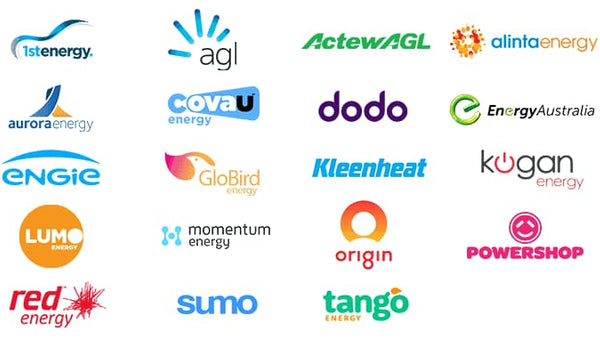
Save on energy costs by subscribing to the cheapest gas provider in Australia. Find out ways to switch your gas company. Get expert tips on lowering your gas bill.
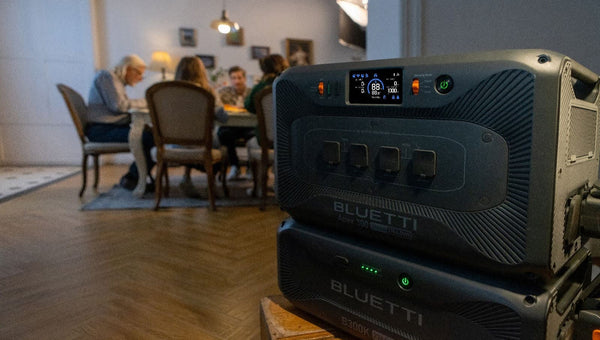
Discover the latest solar battery prices in Australia for 2025, including ranges and rebates, in a friendly guide.
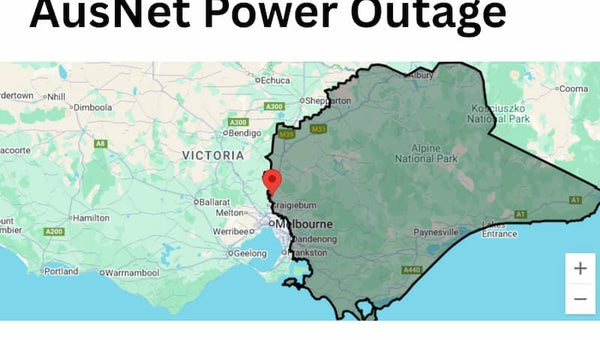
The Ausnet power outage incidents in 2025, with the official ausnet power outage map, alerts and how you can prepare for pre planned outages easily.
